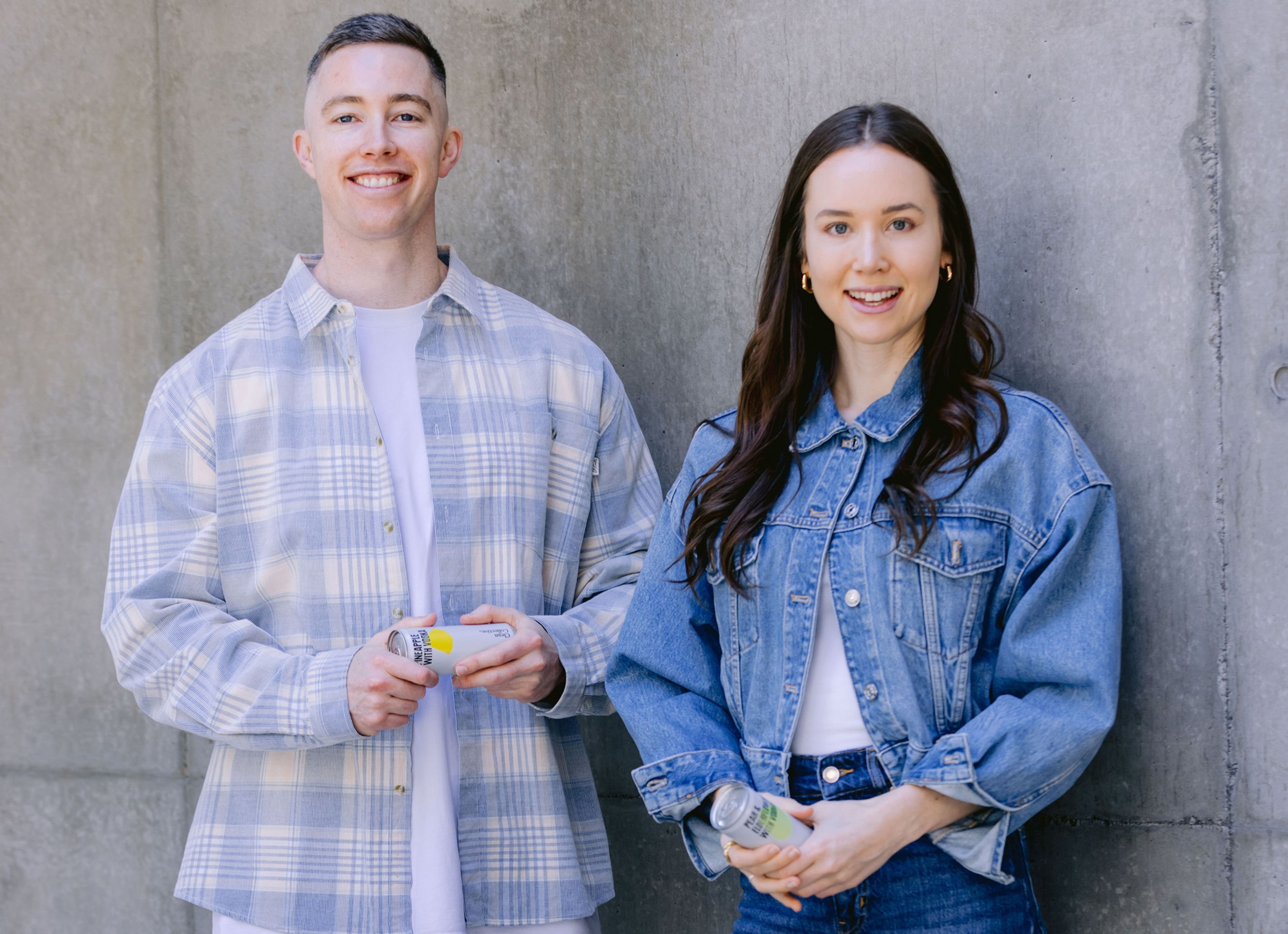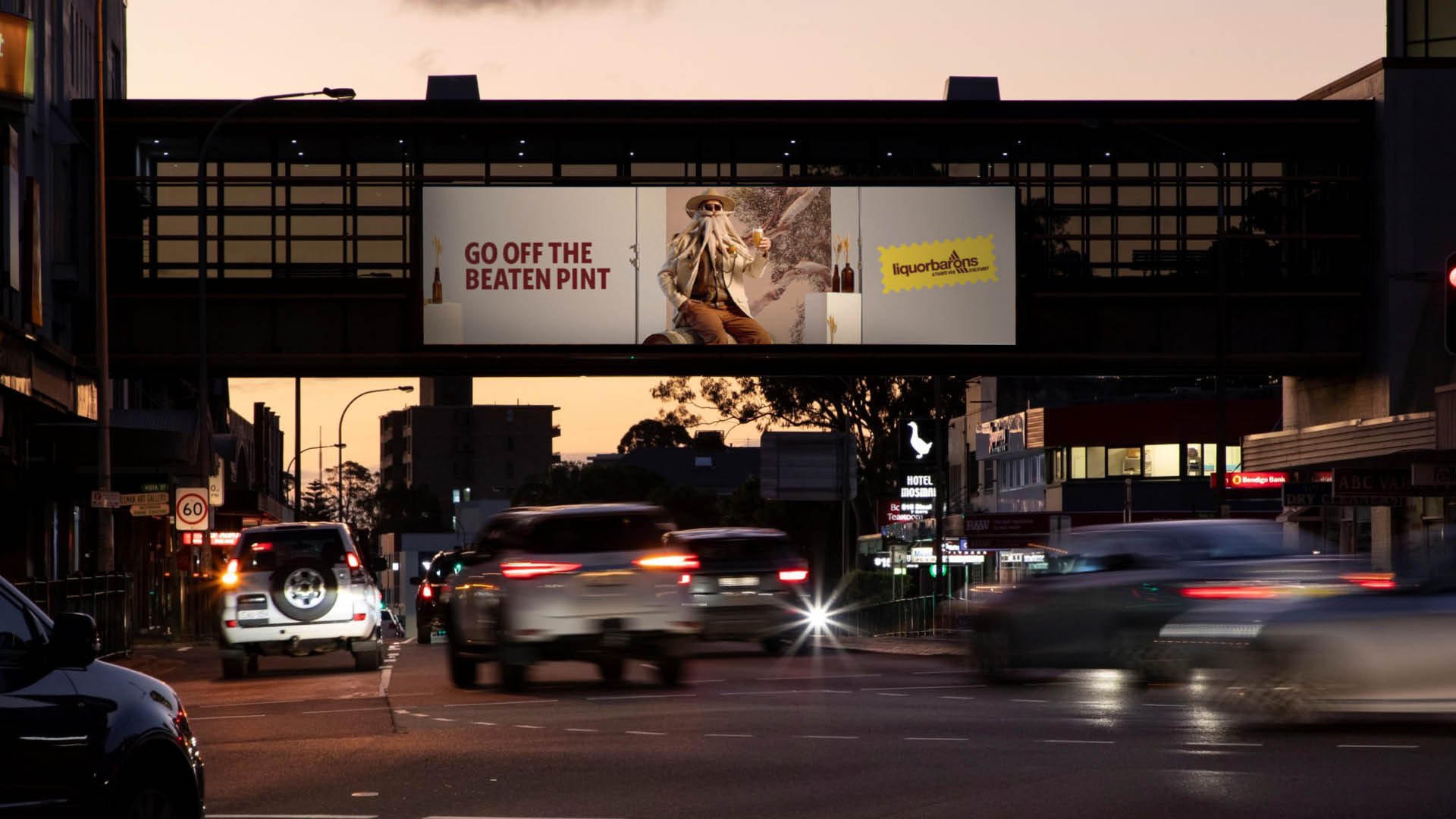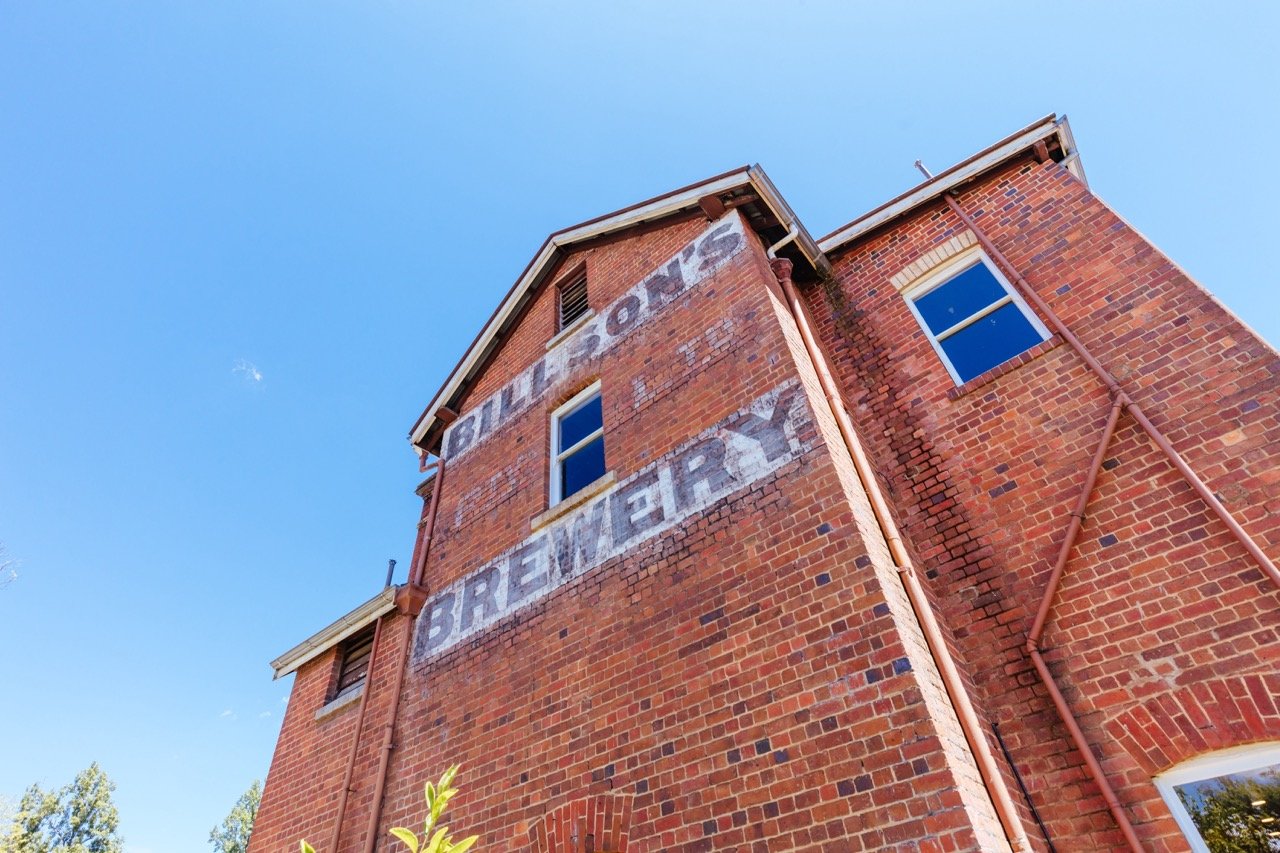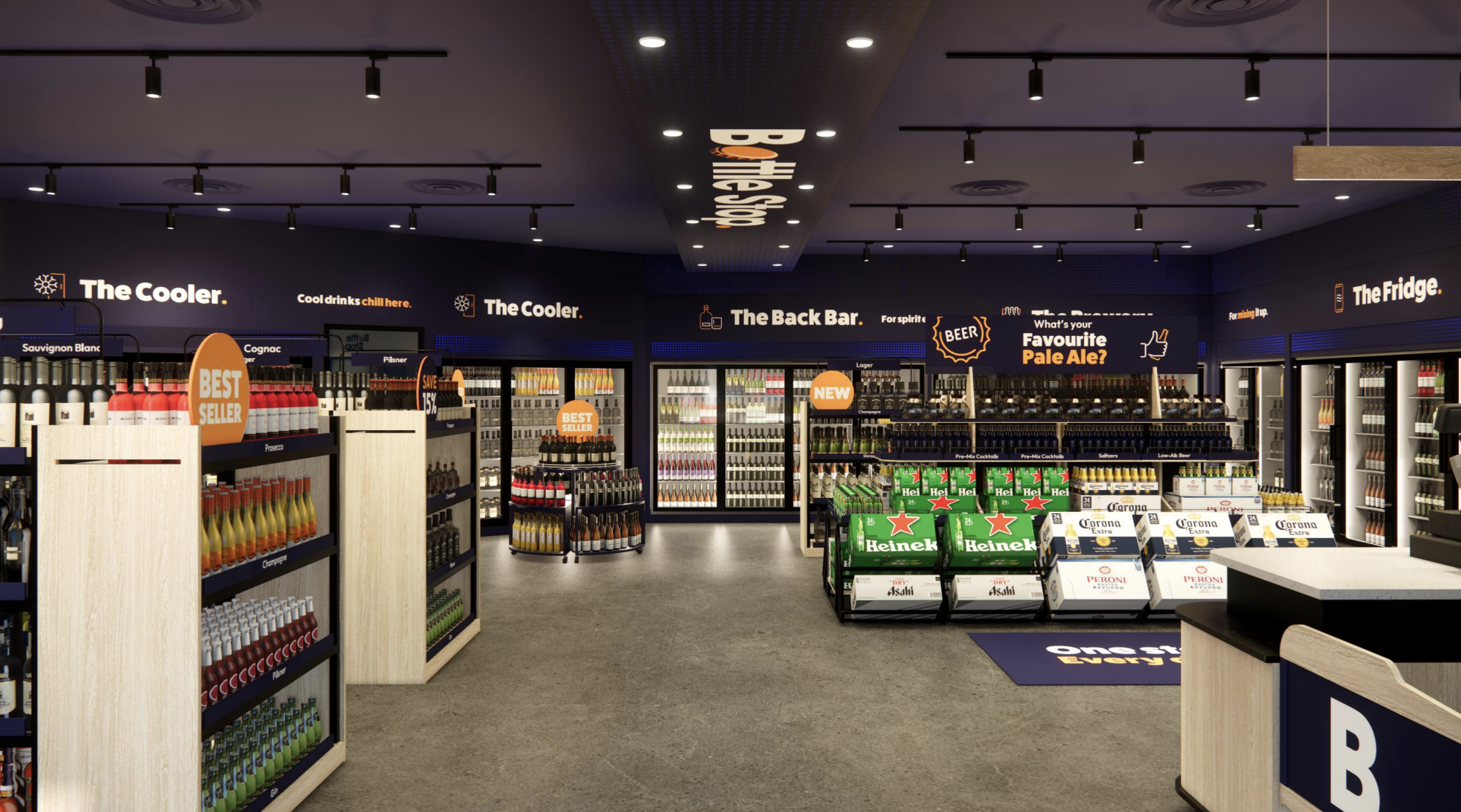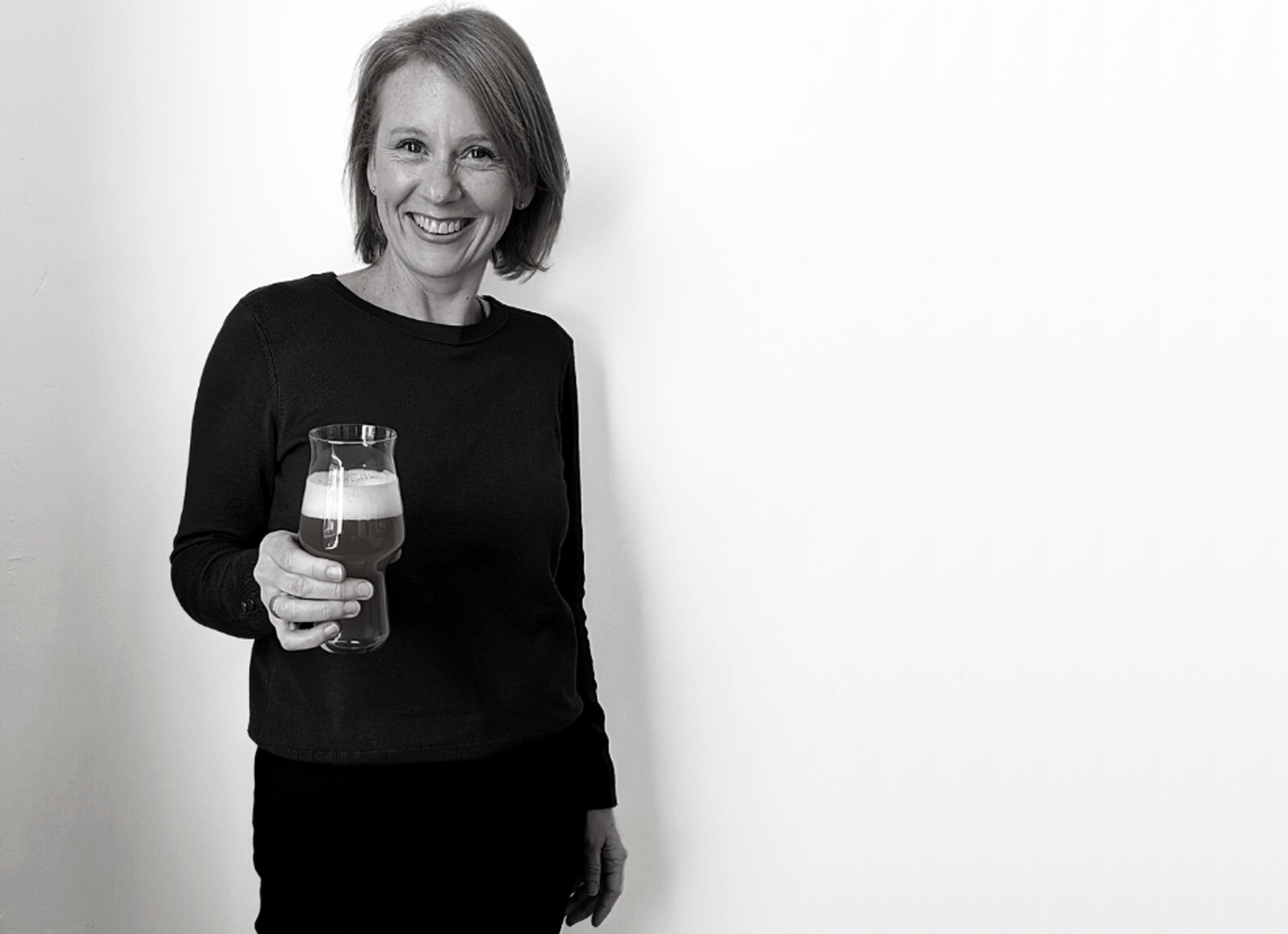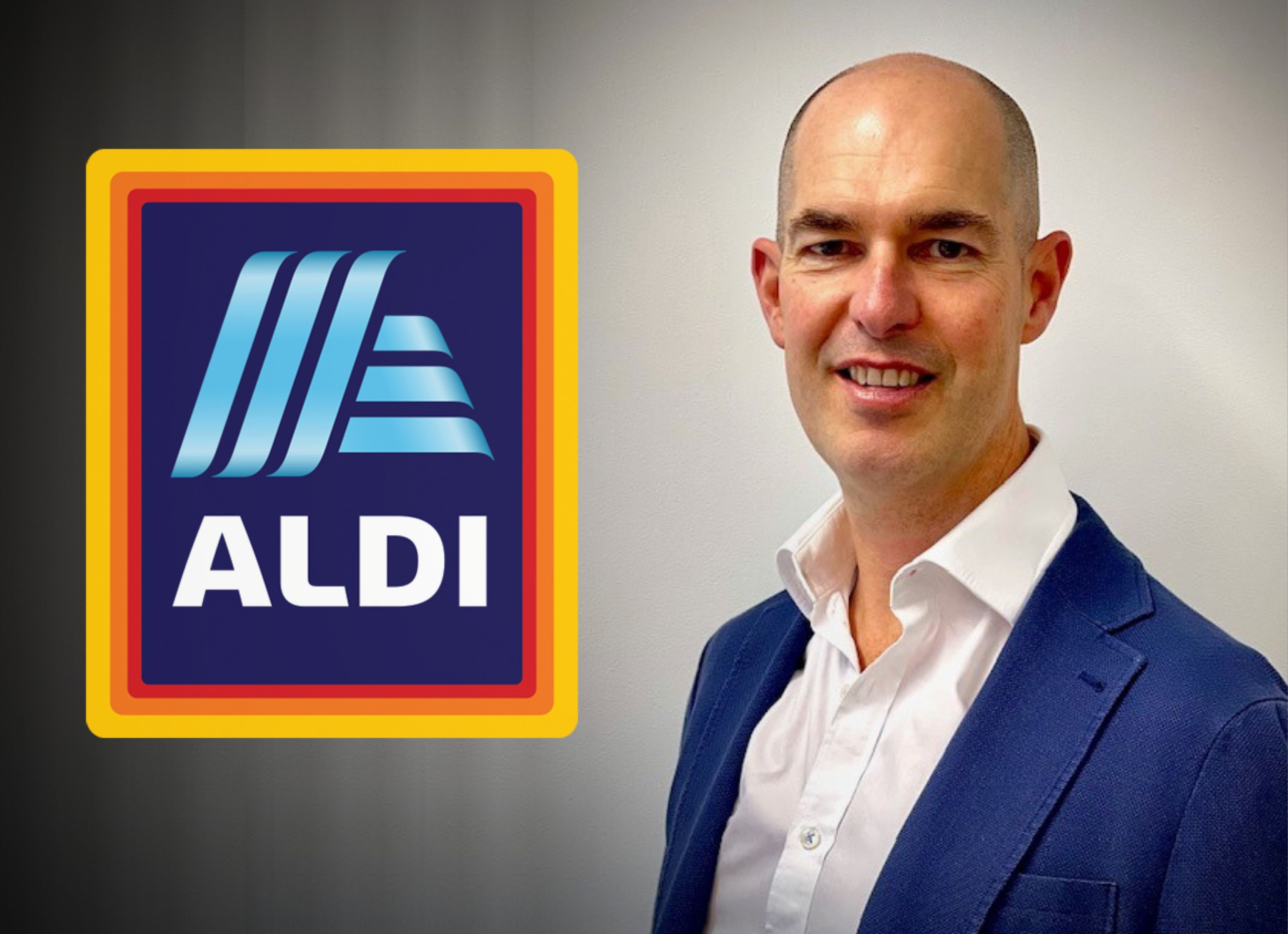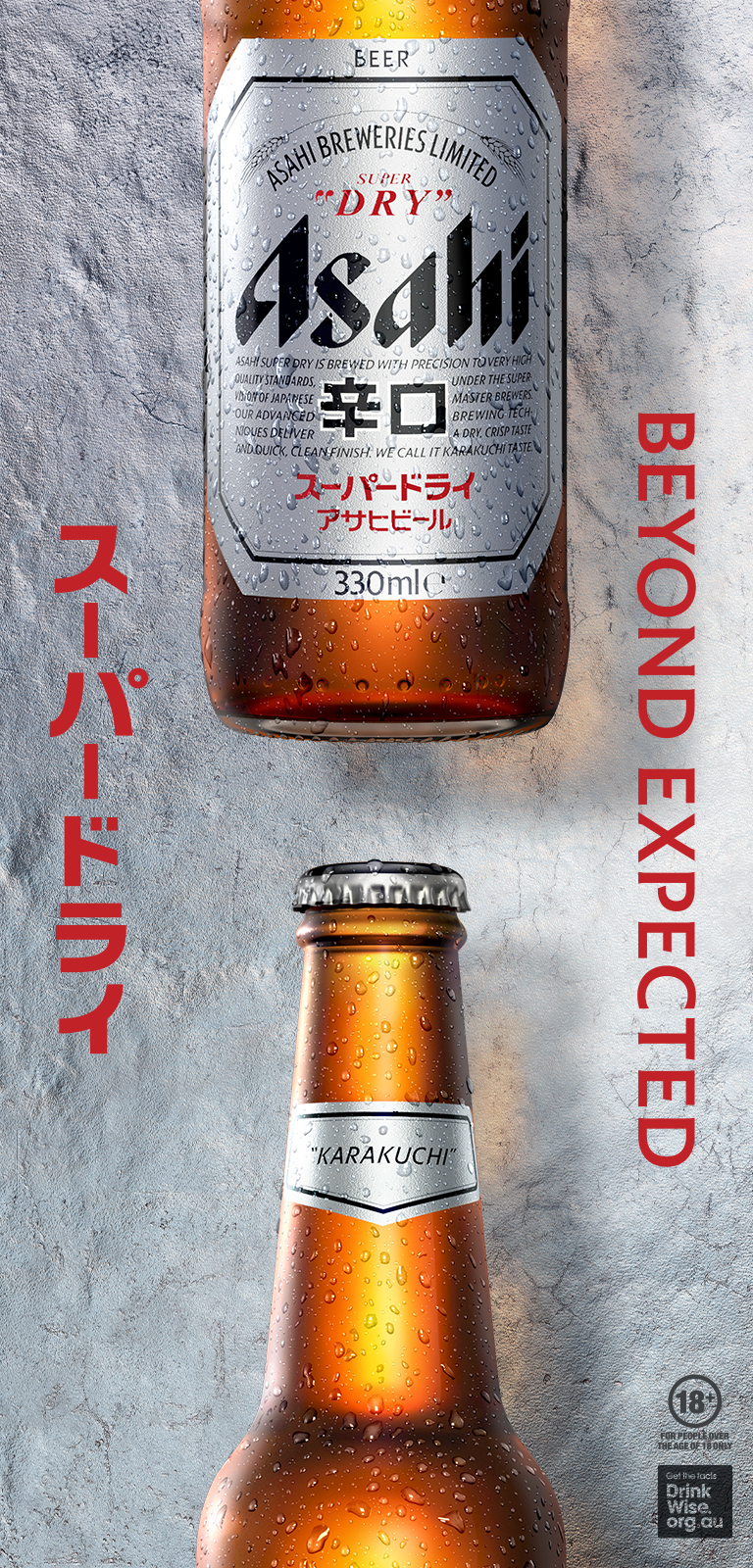Two weeks ago, New Zealand better-for-you RTD brand Clean Collective officially launched its first three products into the Australian market after seven years of successful operations in its country of origin.
Now considered one of New Zealand’s leading independent liquor brands, Clean Collective is currently ranged in more than 1,200 stores and produces more than 10 million cans annually.
Following last month’s launch, Drinks Trade caught up with Holly McGrath and Daniel Benoy, who Co-Founded Clean Collective while in their young 20s, to discuss their thoughts on what younger legal drinking aged Generation Z and Millennials are looking for in liquor branding and marketing.
Drinks Trade: What are younger LDA consumers looking for in alcoholic drinks that other demographics might not be?
Holly McGrath: Authenticity and value is massive, so what do the brands stand for/what do they believe in? I know that kind of sounds weird from an alcohol brand, but I do think it's really the case. I think loads of really successful, independent RTD brands are winning because people are invested in what they do and how they do it more than just because they make a great tasting product.
Ultimately, at the end of the day, though, the product does have to taste good, so that's a non-negotiable. Like you can be the most amazing brand, but a younger demographic and an older demographic, they still want to enjoy what they're drinking.
DT: How do the target occasions differ for younger LDA consumers?
Holly McGrath: I think there's a lot of crosses. I think people who are younger drink to celebrate and socialise (and yes, older demographics still do that, but they will probably also more drink for stress relief or reward after a long day of work or a long week of work, that kind of thing). S
As a young adult, drinking often revolves around celebrating—whether it’s the weekend, an event, or a night out with friends. As we get older, our approach to drinking can shift, with people finding it to be a way to unwind or relax after a busy day or demanding week. Rather than just celebrations, it becomes part of finding balance and taking a moment for ourselves amidst life’s responsibilities.
DT: You both have backgrounds in marketing… How has Clean Collective approached marketing and what is different about marketing to Millennials and LDA Gen Z?
Daniel Benoy: Events are actually quite a big thing. We did Rhythm and Vines, which is the biggest festival in New Zealand, and we had it for two years. If you go to those events and you see the amount of people in the crowd and getting liquid on lips, that probably does have quite a big flow-out effect to consuming and what they're purchasing in stores.
The other thing that's changed a lot for that younger demographic is that traditionally no one bought alcohol online. It's not really an e-commerce heavy industry. Everyone traditionally just shops at a liquor store or supermarket. And now I think that's really moving. Obviously, now that you've got things like Jimmy Brings and that kind of stuff that makes it quick and effective, but I think lots of the independent brands are now going into more traditional e-commerce websites where you can buy direct from the brand versus having to go to a third party retailer, and I think younger demographics are way more open to engaging in that.
Holly McGrath: We've done really amazing merchandise campaigns with gift with purchase, that kind of stuff works really well for that younger demographic. And social media, that's an obvious one.
I think connecting in those places where they hang out, where they consume content, that kind of stuff. Music festivals are also great to put on lips, but I think really it's social media where people are spending 90% of their time, and they'll go to a few events during the year.
DT: What are the most common mistakes you feel the liquor industry makes when appealing to younger LDA consumers?
Daniel Benoy: I would say the one thing that we've definitely noticed is that a lot of bigger players are trying to enter the market and undercut one another, just because that portion of consumer is really price driven. So they'll enter the market and they'll come in at a lower price point and essentially get a spike in sales, and then as soon as they start to increase their price point to a moderate or a normal price point, you just see all of those sales absolutely decline and fall off the cliff.
Holly McGrath: I think that's kind of back to that point about how your brand has to stand for more than just a good tasting product. Because in order to get that loyalty with the younger demographic who have a really tight wallet and will just price jump quite often, if they are buying your product for another reason, then you keep them around.
DT: Do you have any advice/opinions about approaching pricing for this target demographic?
Holly McGrath: I think balance is important. I agree with what Dan's saying that you don't just want to come in and undercut, but also you can't swim too far the other way, you have to be realistic.
We obviously have a cost of living crisis at the moment, so young people can't spend or don't want to spend all their money, so I think [it’s about] finding a middle point, and if you feel like you have the quality ingredients and that authentic brand to back it up, you can charge a little bit more.
We do charge a premium, but I think you have to have more than just a good product to back that up.
DT: Clean Collective is proudly independent… How important is this in increasing its appeal to younger LDA demographics?
Holly McGrath: I think it's really important, and I think that that whole entrepreneurial kind of movement is across like every market. As younger people, I think we grew up in this age where we're encouraged, and everyone wants to have their own business, and so many people are trying side hustles and everything, so we're way more open to that versus an older demographic that would probably go I want to stick with my tried and true.
Daniel Benoy: I think what I always associate it to is quite similar to what you saw in craft beer, where everyone's motivated towards craft beer because the brand feels a lot more personable and authentic, and you relate with it a lot more. And I just felt like you hear those stories where craft breweries will get bought up by a big player and all of a sudden people will stop buying it because they know that that's happened.
DT: How about the relationship between younger demographics and trends? Are you younger consumers more likely to jump from trend to trend at a faster rate? And how does Clean Collective stay in touch?
Holly McGrath: Absolutely… We try and look for white space. So when we're looking for new flavours or things like that, we actually look at the trend forecast, and we work with lots of different flavour houses and constantly get fed flavour trend information and survey results from what are people drinking, what are they not drinking, what are they moving away from; and we look at where the white space is.
For example, lemon has obviously had a massive glow up in the last couple of years, and we wouldn't then go and launch just a straight lemon because it just feels like, what's the point? You're not adding anything new and exciting. So we’re looking for ways you can maybe do a lemon, but in a better, more exciting way, or just a different flavour altogether.
I think you always have to be conscious of trends, and if it's something really substantial, then take it on board, but still sticking in your lane and staying true to who you are. If you're just a brand that jumps on every single trend, then again, there's no authenticity there. People can kind of see through that.
DT: What are the current and emerging trends that you feel will be most import for younger LDA consumers moving forwards?
Daniel Benoy: It's almost impossible to predict them - if you told me that Japanese was going to be a trending RTD a few years ago, I would have said what are you talking about? but I feel like nutrition and beneficial food is definitely going to be big.
Holly McGrath: I think Better For You is the present and it's the future. I don't think that will ever go away. I think more and more people are just becoming more nutritionally conscious and aware. It's an expectation now.
I'm talking about just general health, like eating more vegetables, eating more protein, that kind of stuff.
DT: Lastly, Clean Collective shares all of its nutritional information on the back label… Can you explain the reasoning behind this decision?
Holly McGrath: So traditionally, most [liquor] products didn't display a nutritional panel. That's not actually a legal requirement. So you have to state the ingredient list, but you don't have to say it's got X amount of sugar, X amount of carbs.
From the get go, we always thought that was really bizarre. It's crazy when you think about it, really. Like you can have a nutritional panel as required on everything in a supermarket, but in alcohol, you can literally just declare nothing, and it's still the same now. Obviously more brands are starting to adopt it, but there's still definitely a lot of the bigger corporates that still will not put a nutritional information panel on the products.
I think it comes down to consumers now wanting transparency and honesty from the brands and wanting to know exactly what's in the products they're consuming.
Share the content
